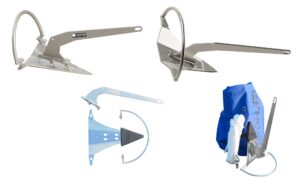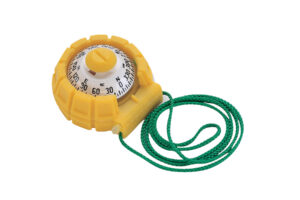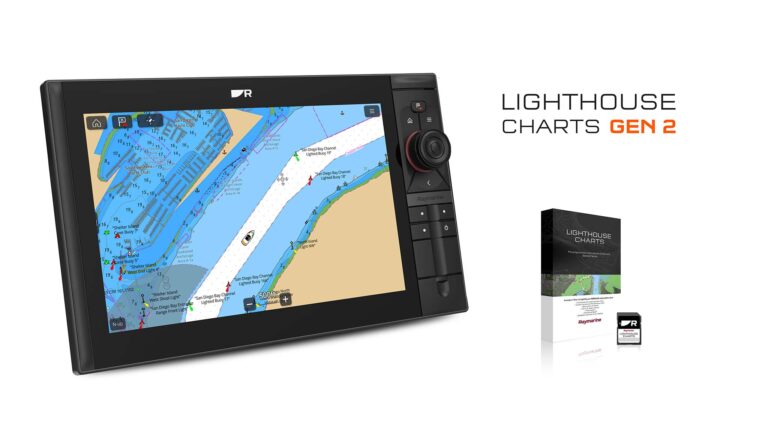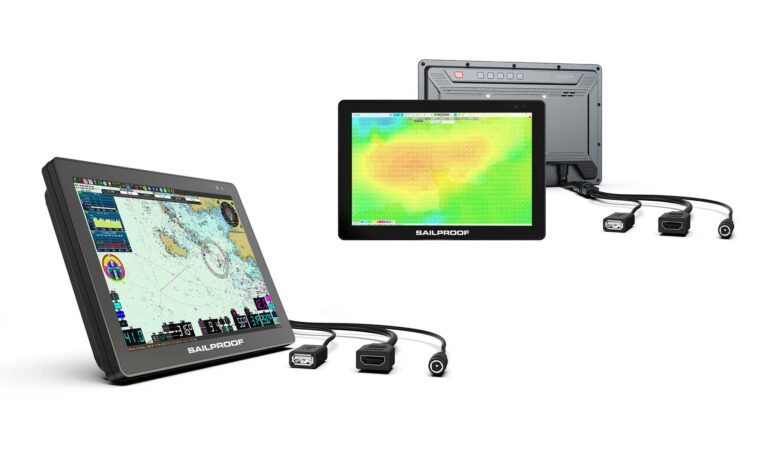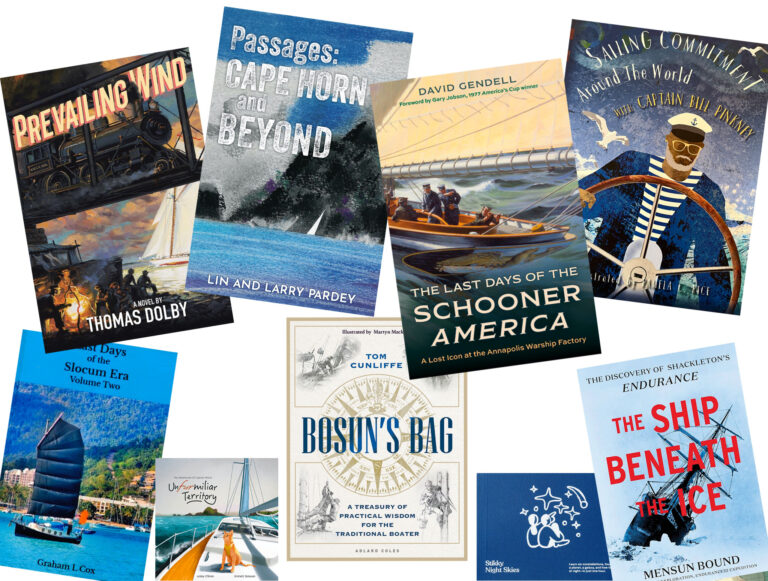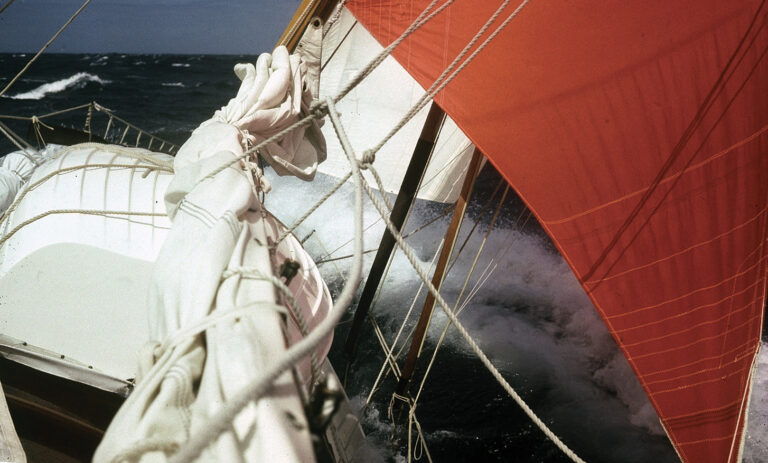
By Mensun Bound
Mariner Books (2022)
Confession: I am a polar exploration nut. Whole hectares of my bookshelves are dedicated to the genre, past and present. Needless to say, it’s hard to be a polar nut without knowing of Sir Ernest Shackleton, the destruction of his ship Endurance in November 1915 in the unforgiving ice of Antarctica’s Weddell Sea, and the famous open boat voyage to South Georgia that ultimately led to the salvation of all of his men.
In fact, I had just wrapped up reading Sir Ranulph Fiennes’ biography of the great man when I received a gift of The Ship Beneath the Ice, Mensun Bound’s lively account of the two expeditions he helped lead “to find the greatest shipwreck of them all: the Endurance.” Bound and team did indeed find the Endurance, on March 5, 2022, upright on the seabed some 10,000 feet down. Remarkably preserved in the frigid water, the ship was a revelation; ghostly images of its perfectly intact transom, with the name and star clearly emblazoned, went round the world upon its discovery.
But knowing that ahead of time does little to ruin the suspense that Bound manages to weave into his account.
Bound was director of exploration for both expeditions. The first, in 2019, failed when a critical, multi-million-dollar AUV (autonomous underwater vehicle) went AWOL under the icepack while searching for the ship, and ferocious weather and ice conditions forced the team to leave before being able to locate it (or the Endurance.) The second, funded by the Falklands Maritime Heritage Trust, took place in 2022, and this time, the fates and ice gods were kinder—and a different type of AUV, called a Sabertooth, proved successful. Both expeditions were carried out aboard the South African, 440-foot, purpose-built ice ship S.A. Algulhas II, and in both cases, Captain Knowledge Bengu and Ice Pilot Freddie Lighthelm worked with Bound and the various teams onboard to combat the challenges of navigating the ice.
You’d think that with today’s ships and technology, entering the icepack would be less stressful, but reading Bound’s account, it’s clearly not so. More than once in the 2019 trip, when the pack ice was older, thicker, and more inexorably destructive, the Agulhas was “nipped”—a disarming term for a terrifying situation of being stuck in the ice, not quite beset, but close. During a particularly difficult time, the ship fought tooth and nail to make progress: “By late afternoon the ship was free, but we were struggling to cope. In an hour and a half, we made only a single kilometre. Before we knew it we were approaching evening, when temperatures would plummet and the water would further harden about us…there was a clear sense that we were on the edge.”
This book could easily have been ponderous and self-congratulatory; it’s anything but. Written largely out of the daily journals he was keeping throughout both expeditions, Bound mingles science, history, maritime archaeology, his personal fears and hopes, unqualified awe at his surroundings, and his keen observations of the life aboard ship around him with a light tough and a ready sense of humor. I honestly felt like it was the next best thing to being there.
January 2024

